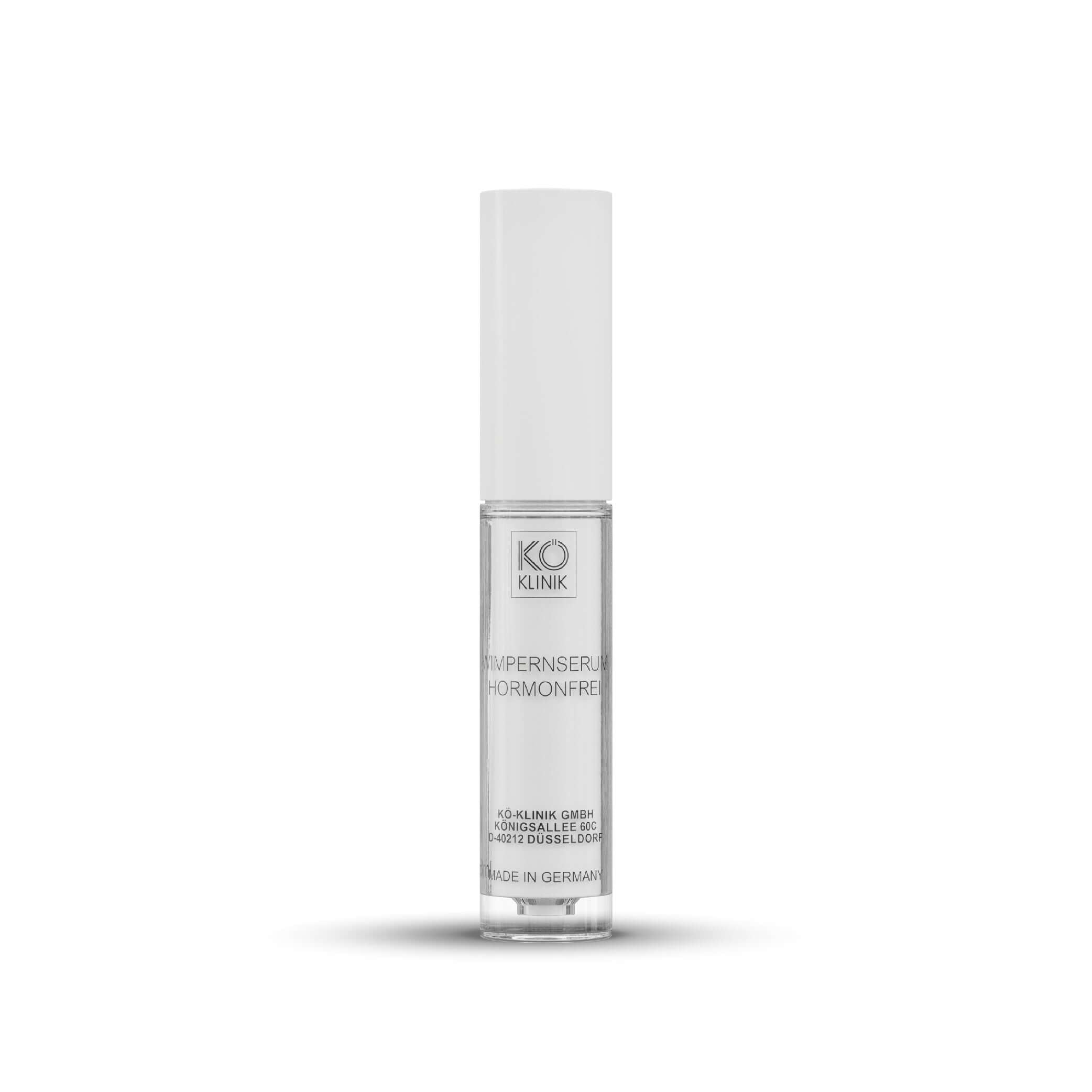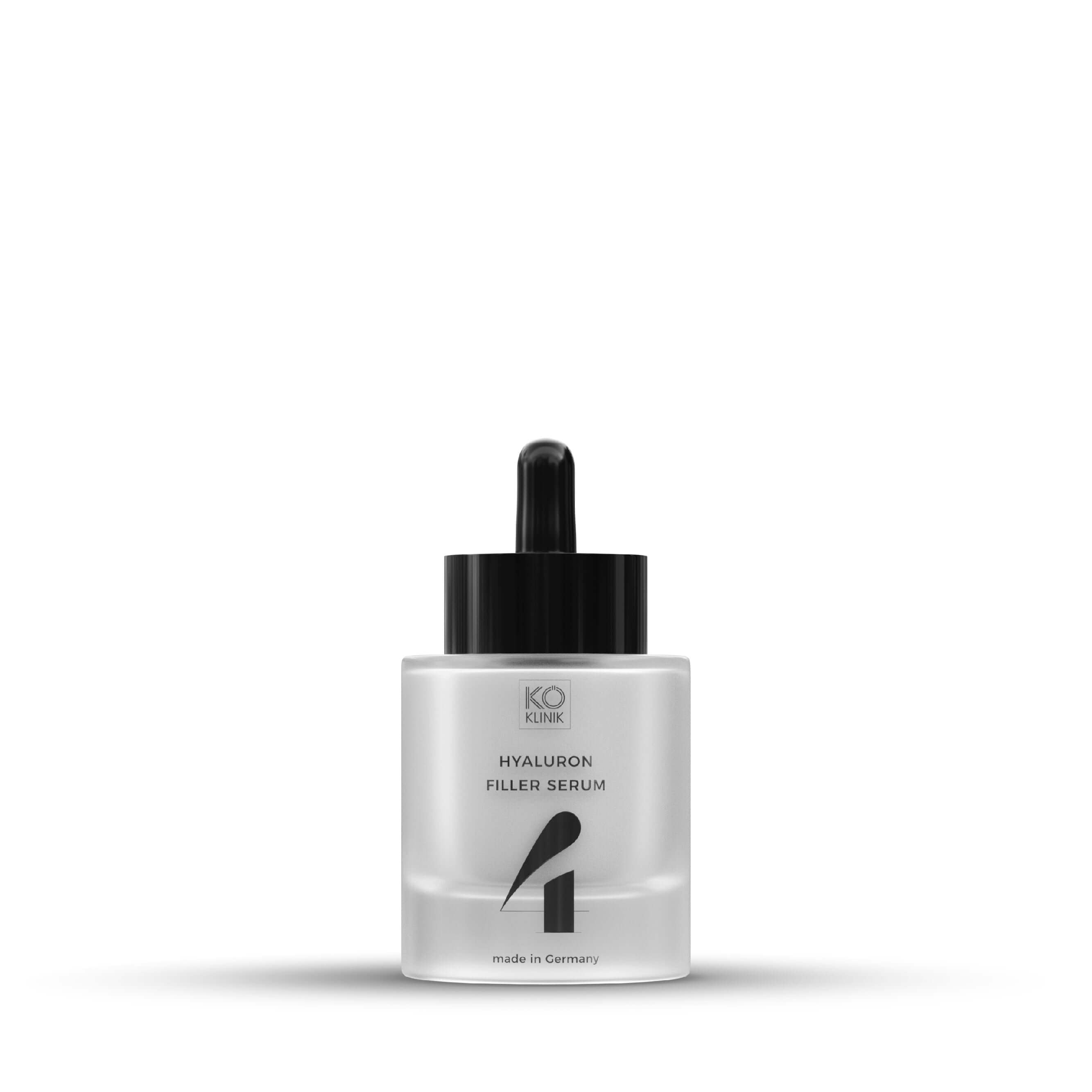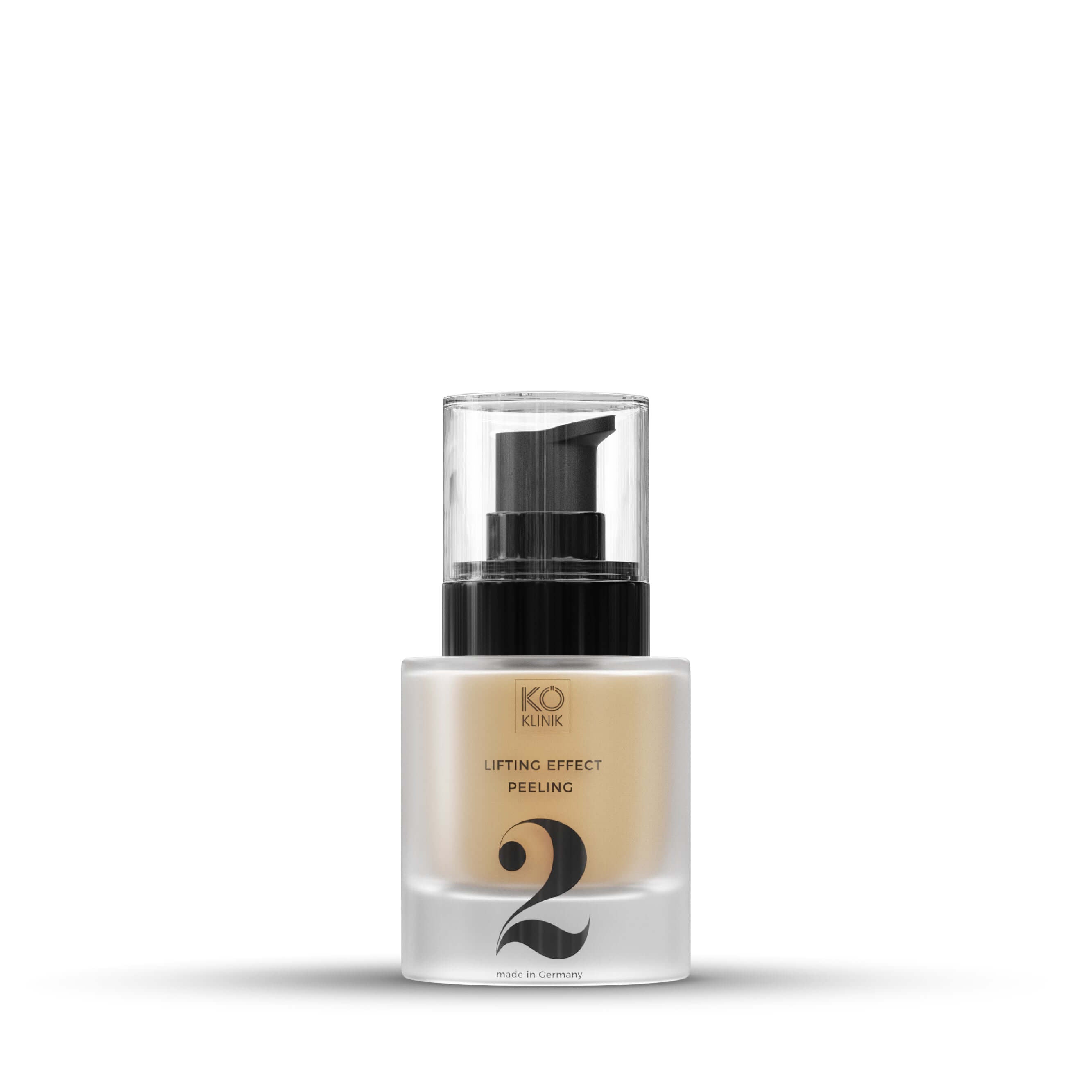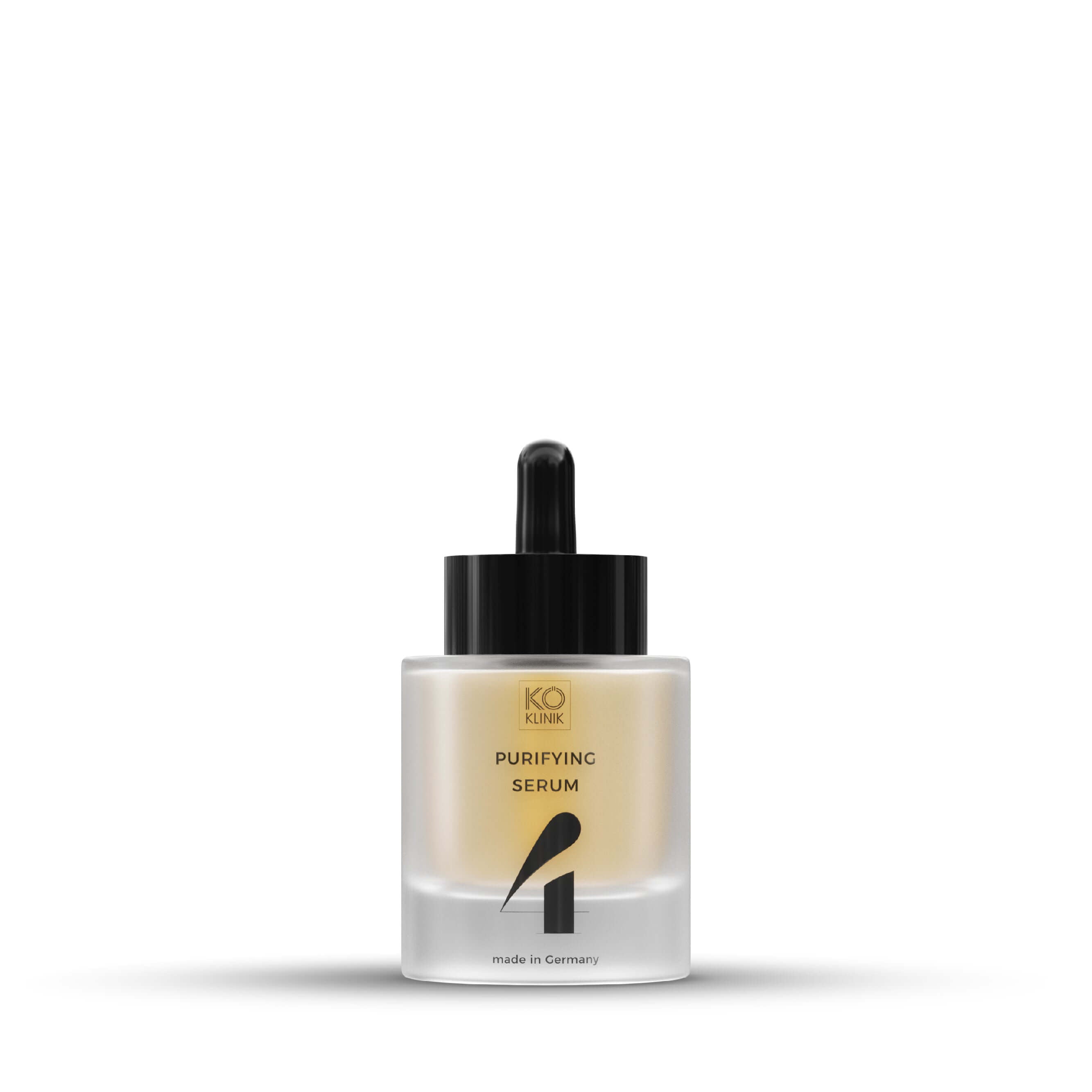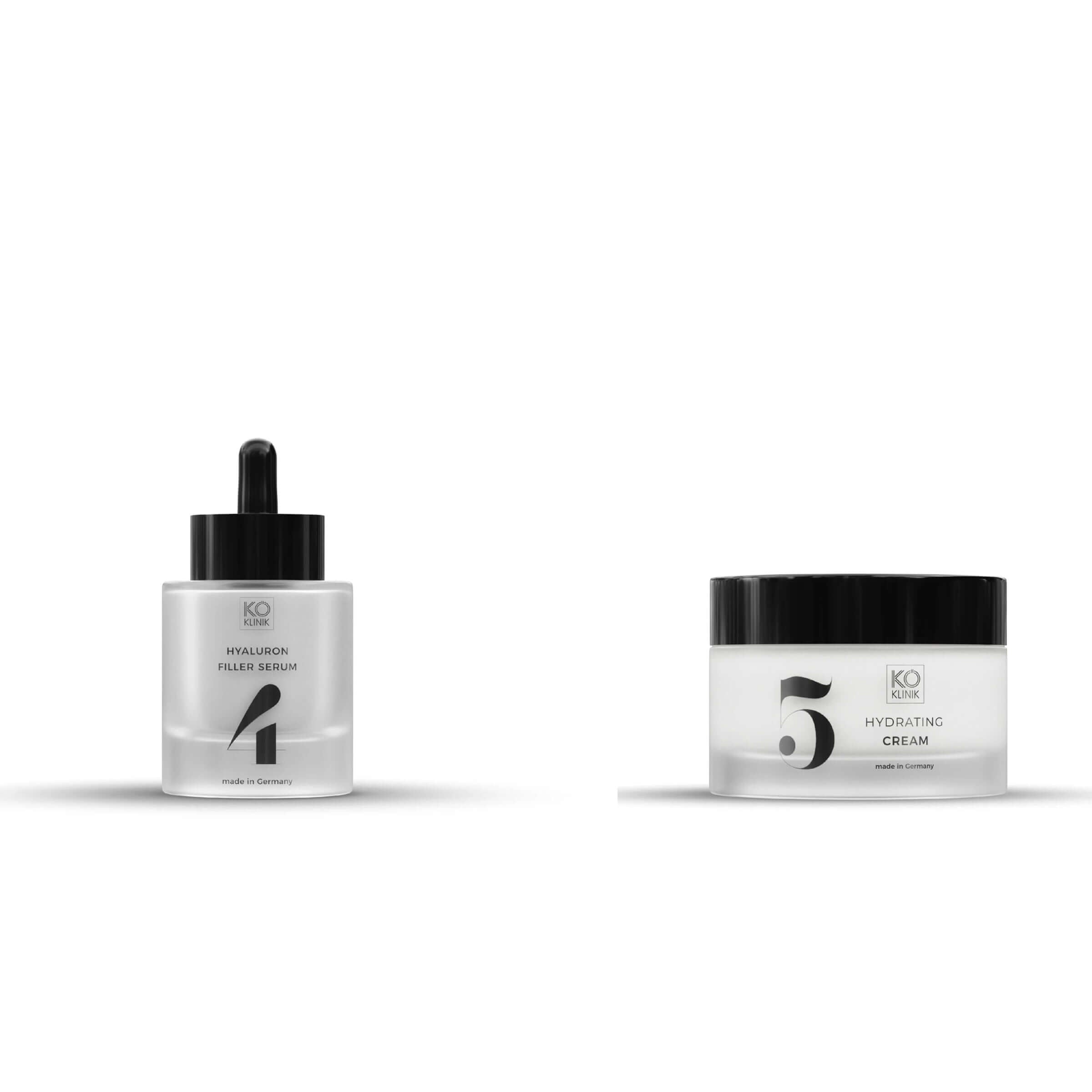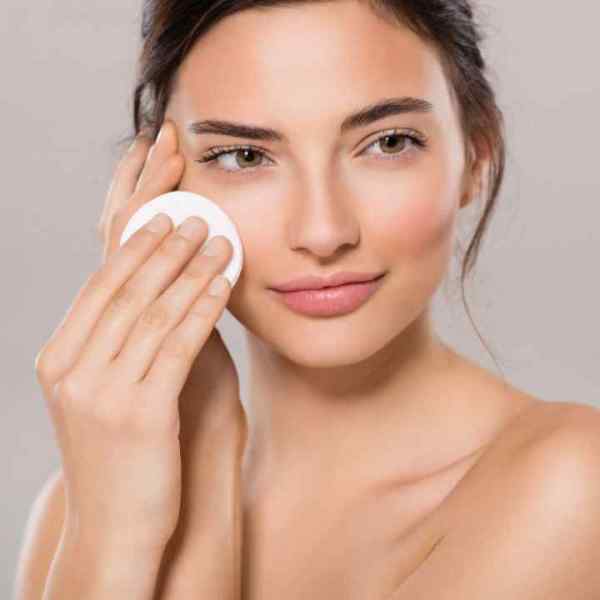Non-comedogenic cosmetics: No chance for skin impurities!

We women know this: As soon as a pimple appears on our face, we panic a bit. These stupid things are just annoying and always come at exactly the wrong time. But we have plenty of concealer, make-up and powder on hand to simply cover up the misery. It only gets stupid when the pimple refuses to heal and instead gets bigger and bigger underneath the covering layer.
This can have a very simple cause: your skin reacts sensitively to comedogenic substances that are used in care and cosmetic products. But what does “comedogenic” actually mean and is there a solution to the problem?
Comedo is the technical term for the precursor to the pimple, namely the blackhead. And it's nothing more than a clogged pore. If the skin is excessively calloused, the sebaceous glands become blocked and dilate. This causes enlarged pores and blackheads and pimples.
By the way, the problem has nothing to do with a lack of cleansing of the skin, but rather depends on the skin type. Oily and combination skin tends to develop impurities much more quickly than dry skin. It's all about proper care, and that brings us back to the comedogenic substances.
All ingredients that clog pores are called comedogenic. And if they are contained in your cleaning products, creams or make-up, your care routine is simply counterproductive.
Many manufacturers now label their products as non-comedogenic, which makes it much easier to find the right one. It's best to take a close look at the INCI list of your products: substances such as lanolin, paraffin, cocoa butter or coconut, wheat or olive oil should not be included.

